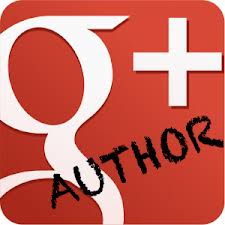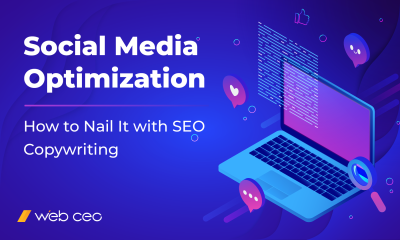
In 2013, an important part of an online marketing strategy is to build a strong identity around your content. To implement this tactic you should publish consistently on a regular basis and posts links to your content from a variety of social media platforms. You should aim to publish at least one piece of value-charged content a week for high levels of engagement and lead generation.
The <Titles> of your articles should answer what your audience is searching for. Use Google Keyword Tools and Trends, to ensure popular keywords are included in your articles. However, do not sacrifice a natural language style that will earn you better results than you’d get if it were obvious that you’d been stuffing your content with the right keywords.
Remember, your articles should add value to your online community and improve your personal brand.
1. Claim Your Authorship
Once claimed, authorship will increase your articles visibility and click-through rate as your content will appear in kind of rich snippet.
There are two options for adding the authorship connection from your blog posts to your Google+ profile. The first is to add your email address on each page of your content (recommended for multi-author blogs) and have that email address listed in your Google+ profile.
Alternatively, you can link your content to your Google+ profile and vice versa. When linking your content to your Google+ profile (in an author bio box, for example), you will need to format your URL as follows.
<a href=”[profile_url]?rel=author”>Google+</a>
Replace the [profile_url] with your full Google+ URL. Then add your blog URL to your Google+ profile under the “Contributor To” section. After you have set up either approach to authorship (your email address on the page or linking your content to your Google+ profile), then you can fill out the authorship request form to let Google know that you have completed the directions.
2. Use Google+ Constantly
Post daily (or more often than you do on Facebook at least) and interact with the communities that interest you by +1ing and commenting on popular posts. . Members of Google’s communities tend to be more likely to add you in their circles when you actively engage with them.
Remember to add the +1 button on your site (opening to a separate tab); it will increase interactions and traffic. Fill out your “About” section and title. People use this information to decide if they want to put you in their circles. Be sure to put all your important links, including links to other social media profiles such as your LinkedIn profile, in the About section of Google+.
3. Stick to Your Niche
Post articles on the topics you are good with. You will be much more likely to rank as a high authority on one subject as opposed to two or more. If you try to be a jack of all trades, your Author Rank could end up being fairly weak for a lot of different topics instead of strong in one.
4. Create Great Content
You should create content that is worth sharing. Your content should make your readers want to share it on their own. It would be dangerous to create content just for the sake of creating content, because by claiming authorship you link your identity to your content. Unlike PageRank, it’s difficult to increase Author Rank, but extremely easy to decrease it. WebCEO’s SEO Content Assistant can help to optimize your content for search engines, ensuring it meets the highest quality standards and helps improve your Author Rank.


